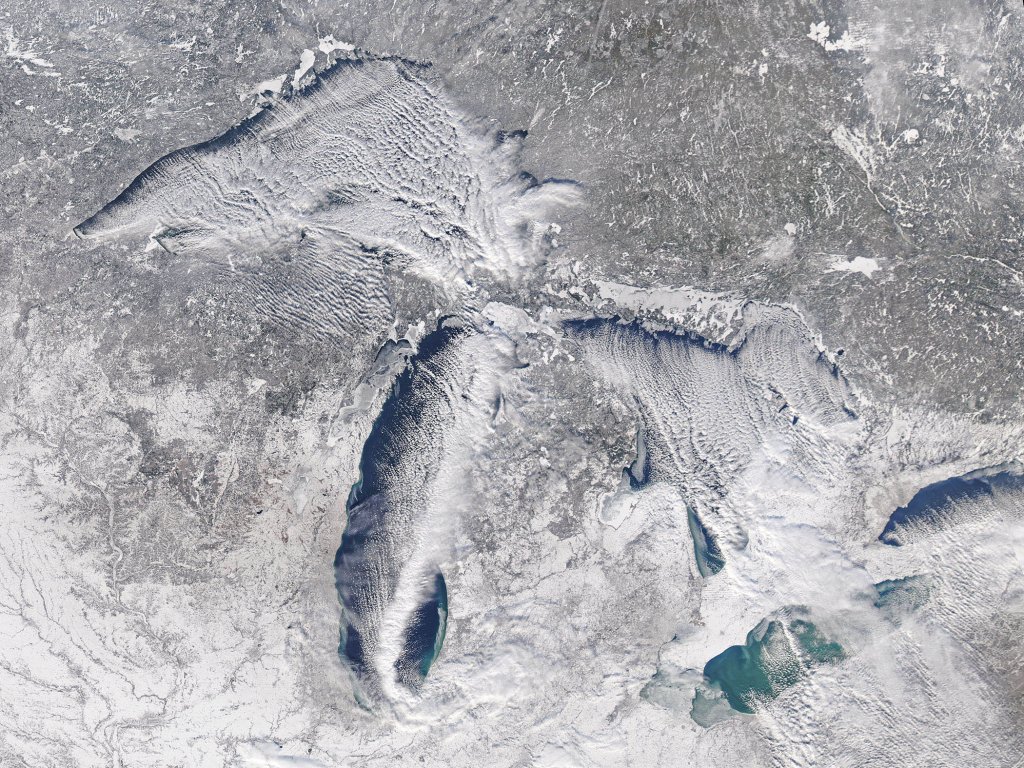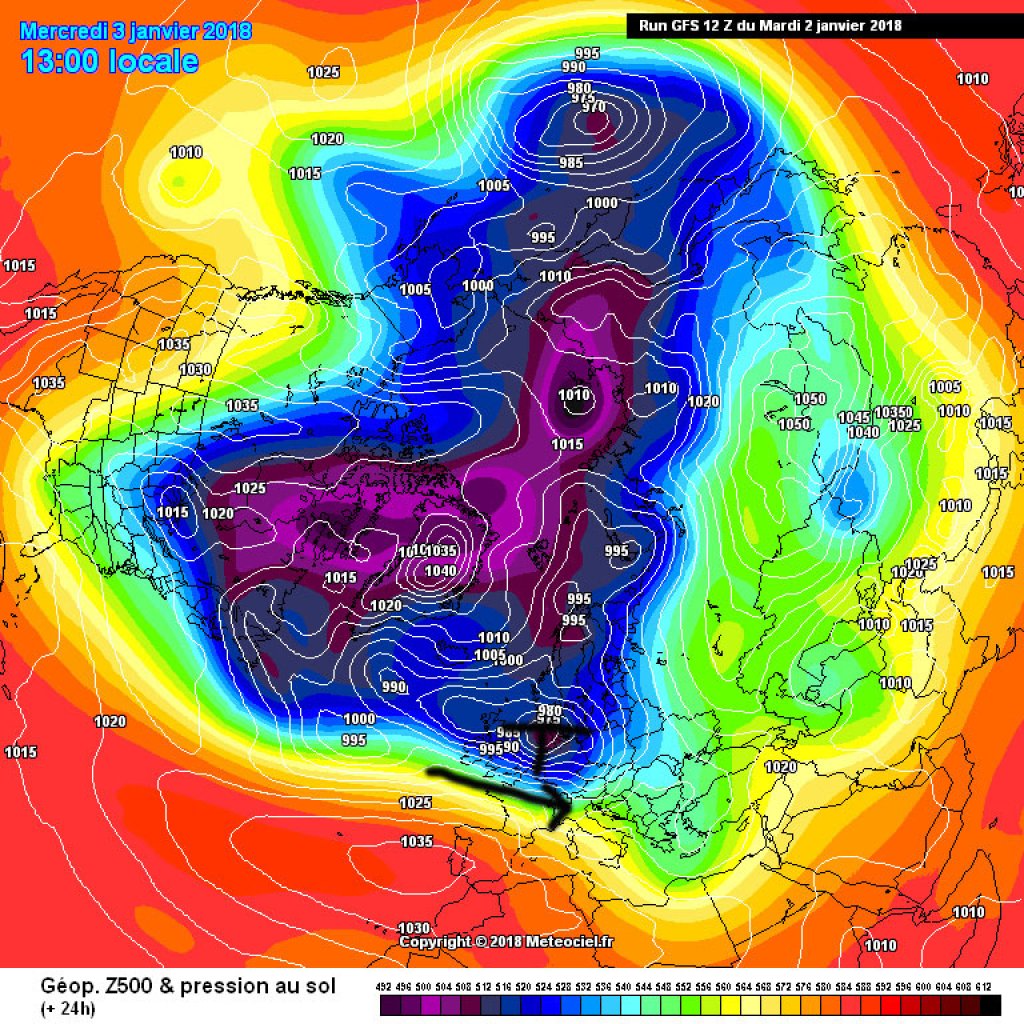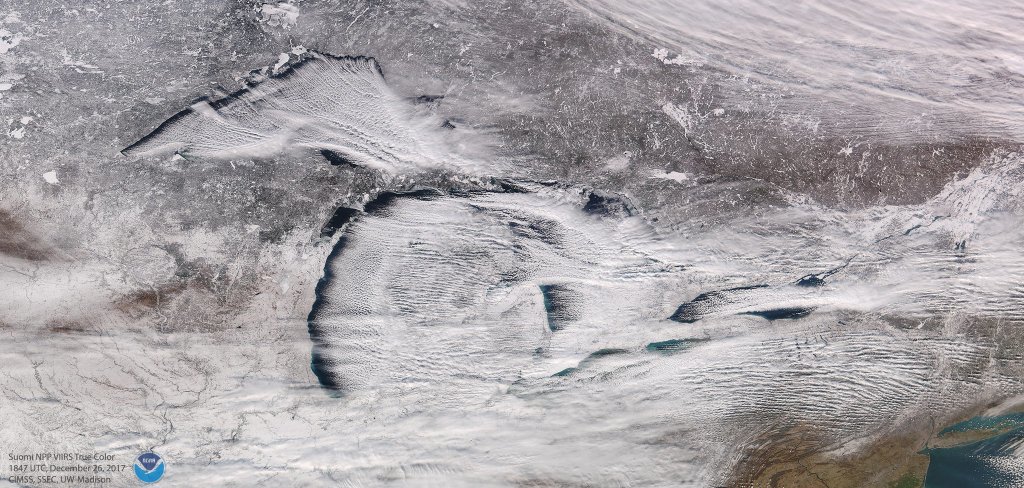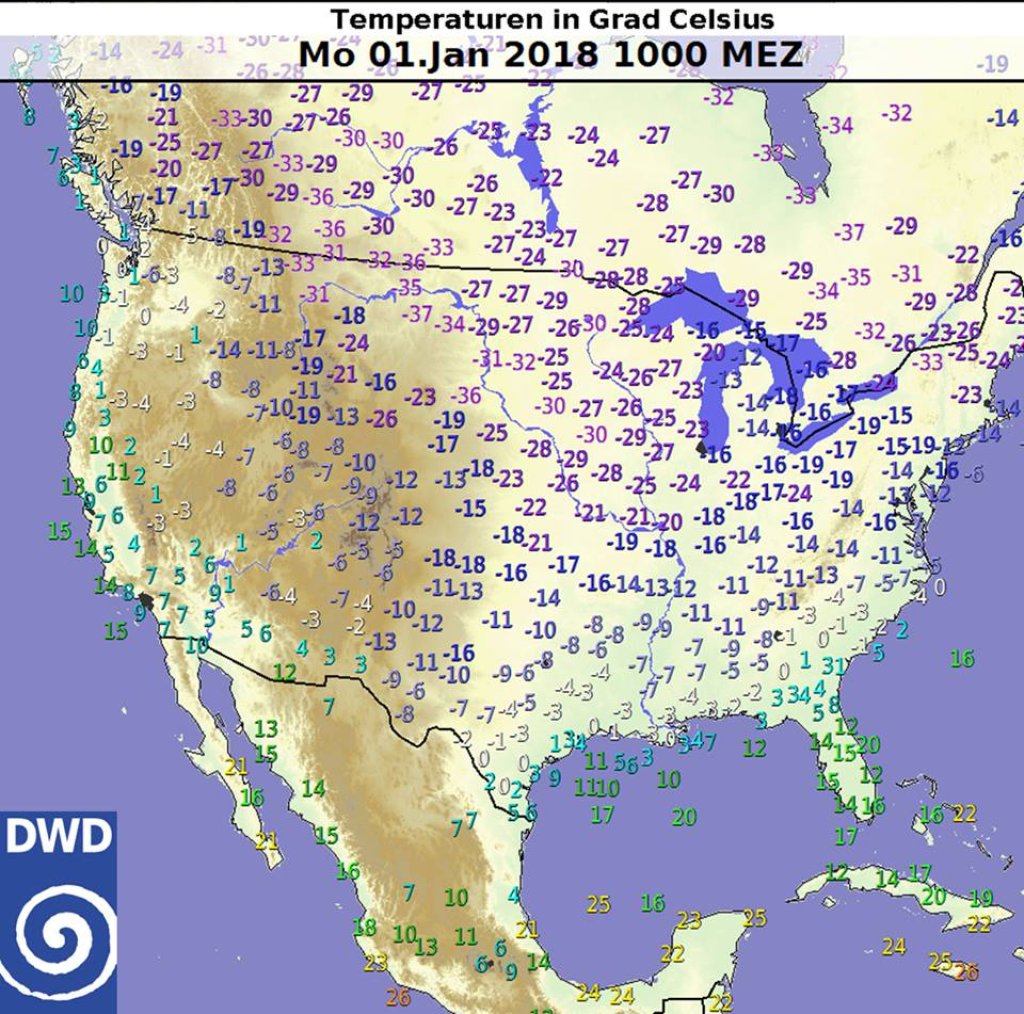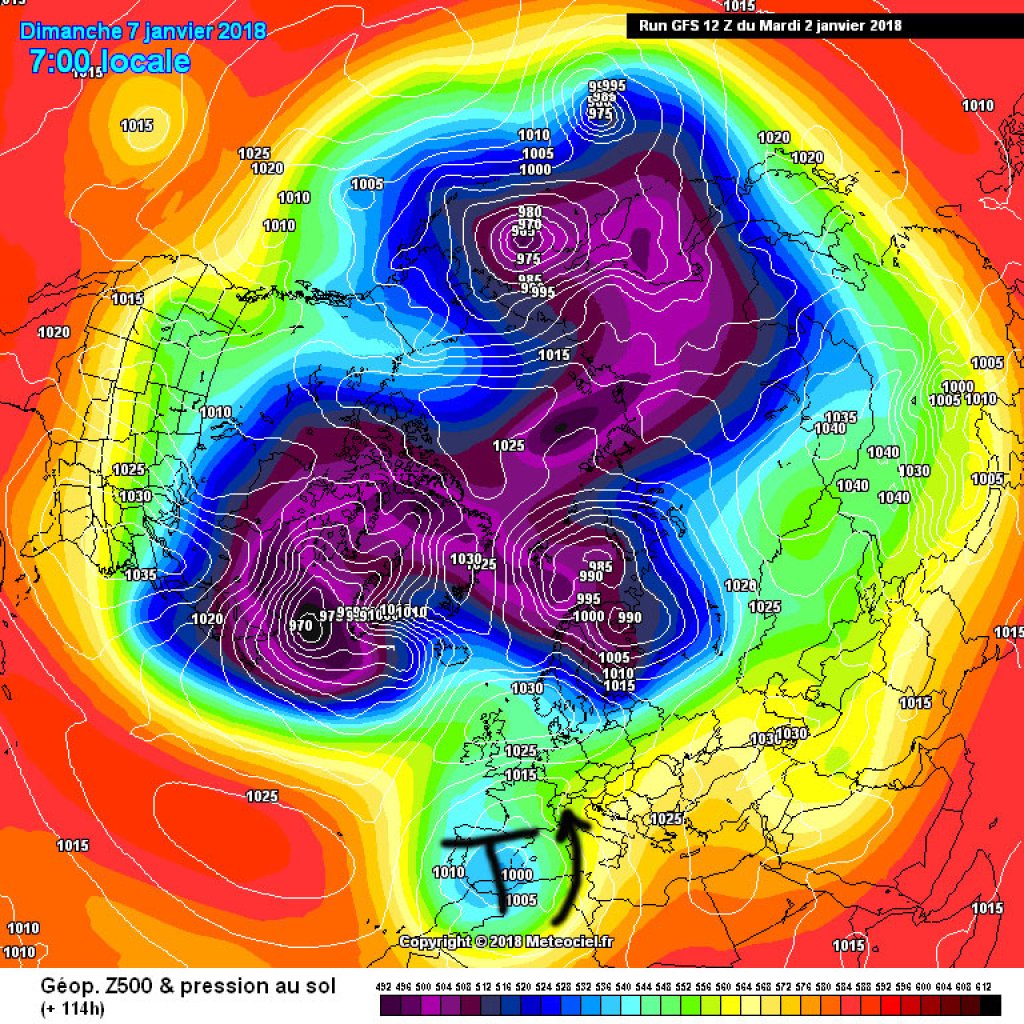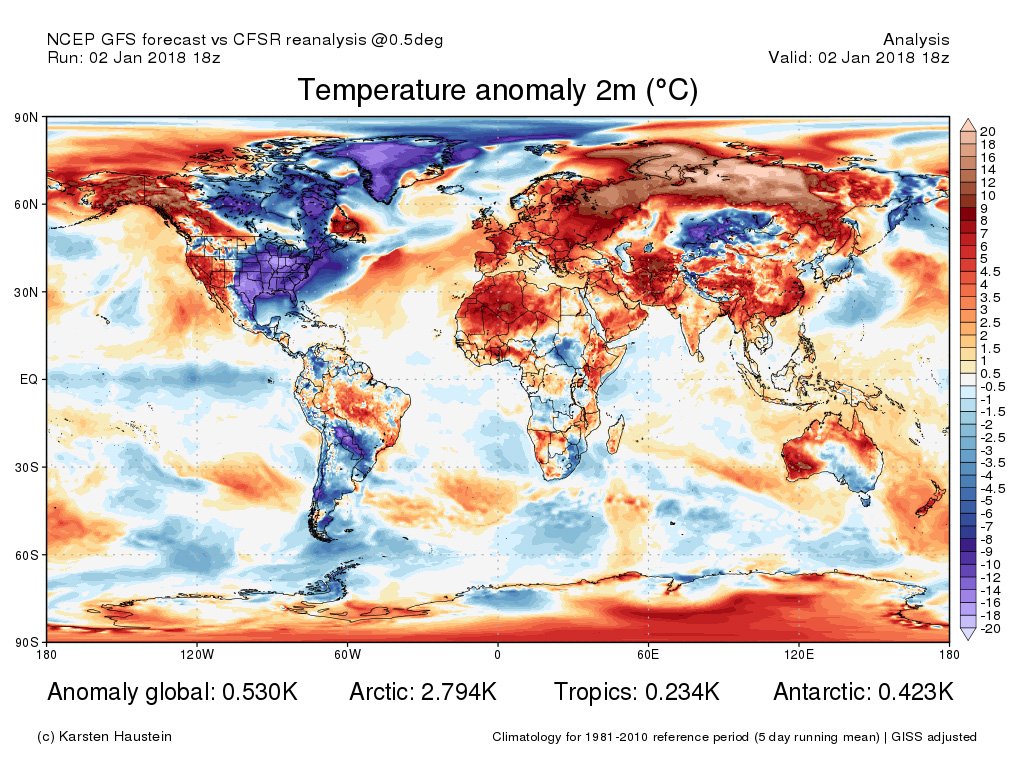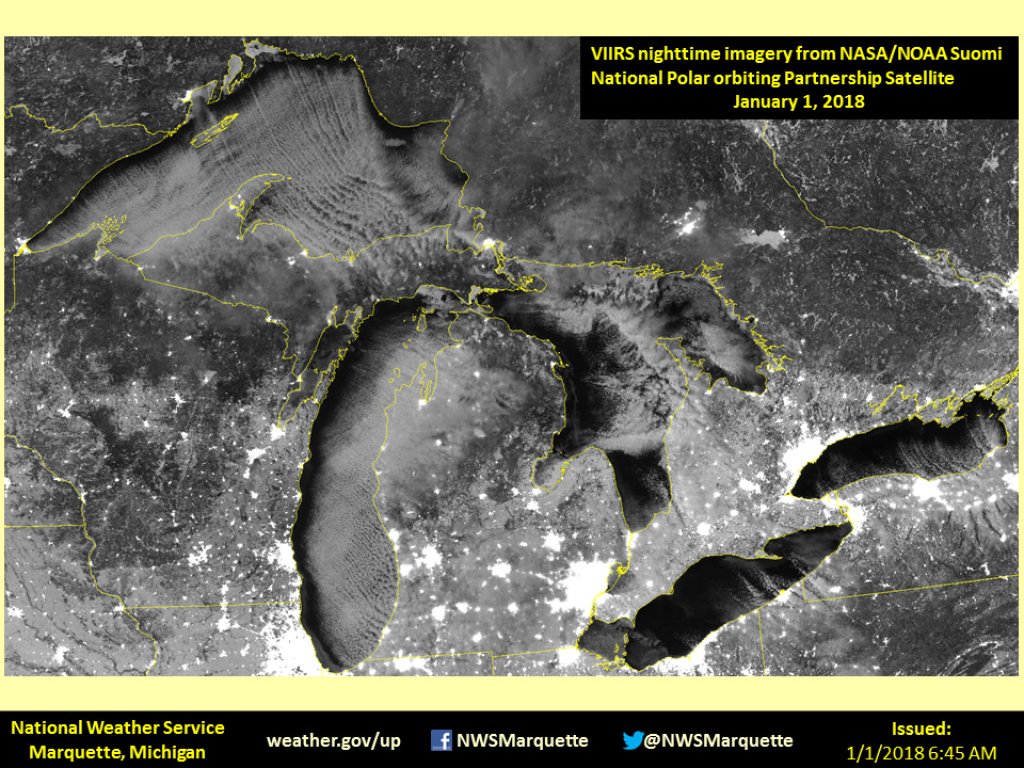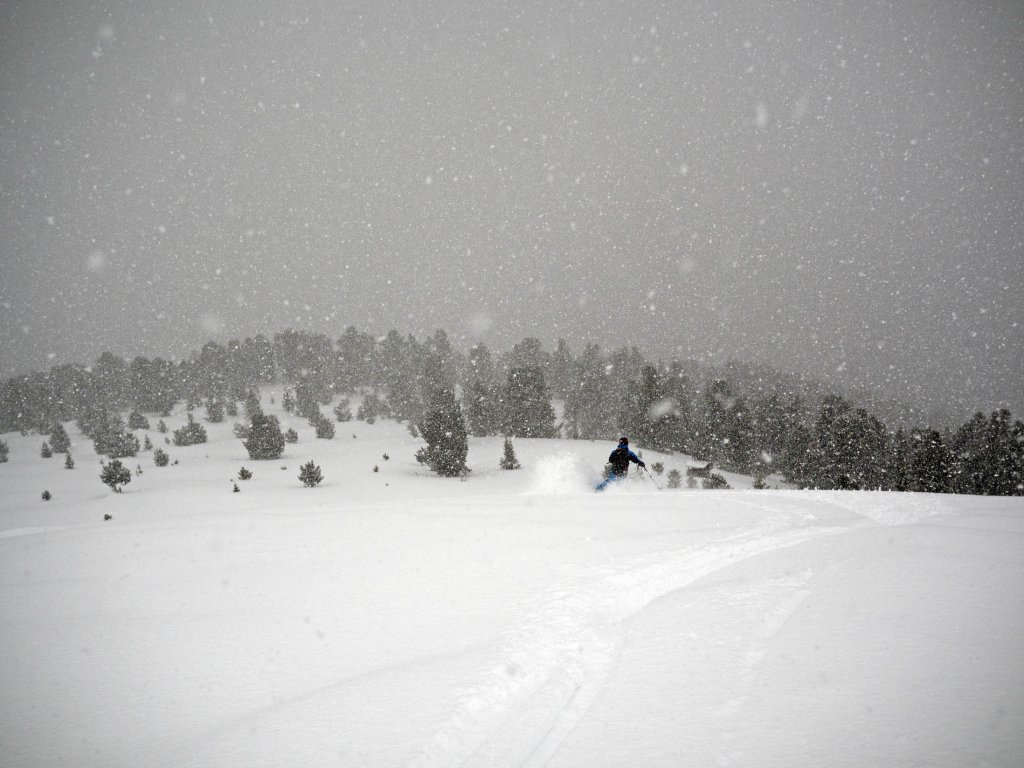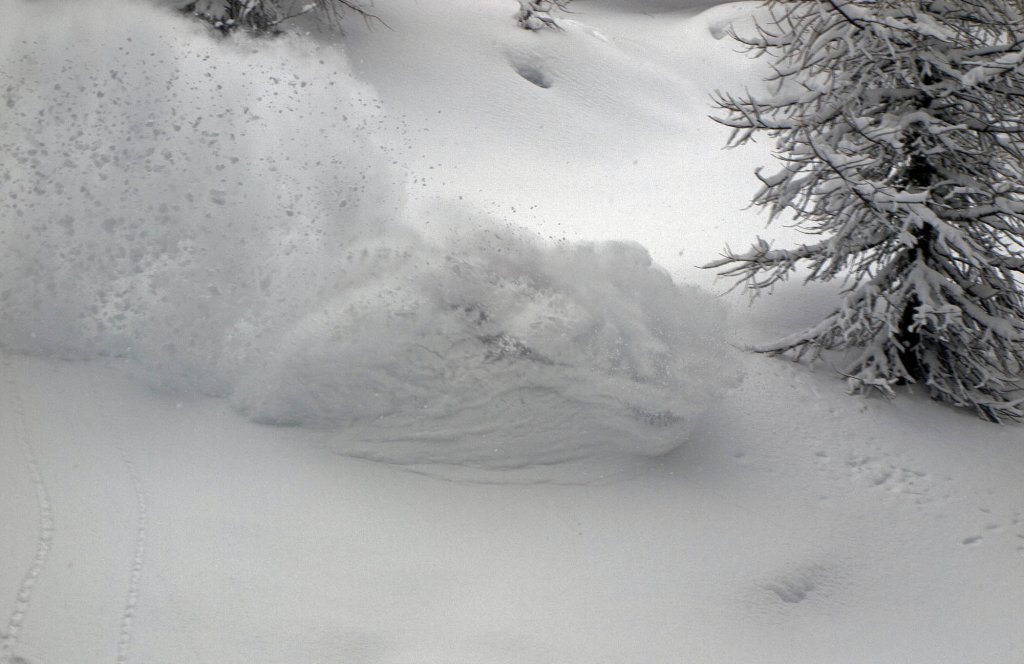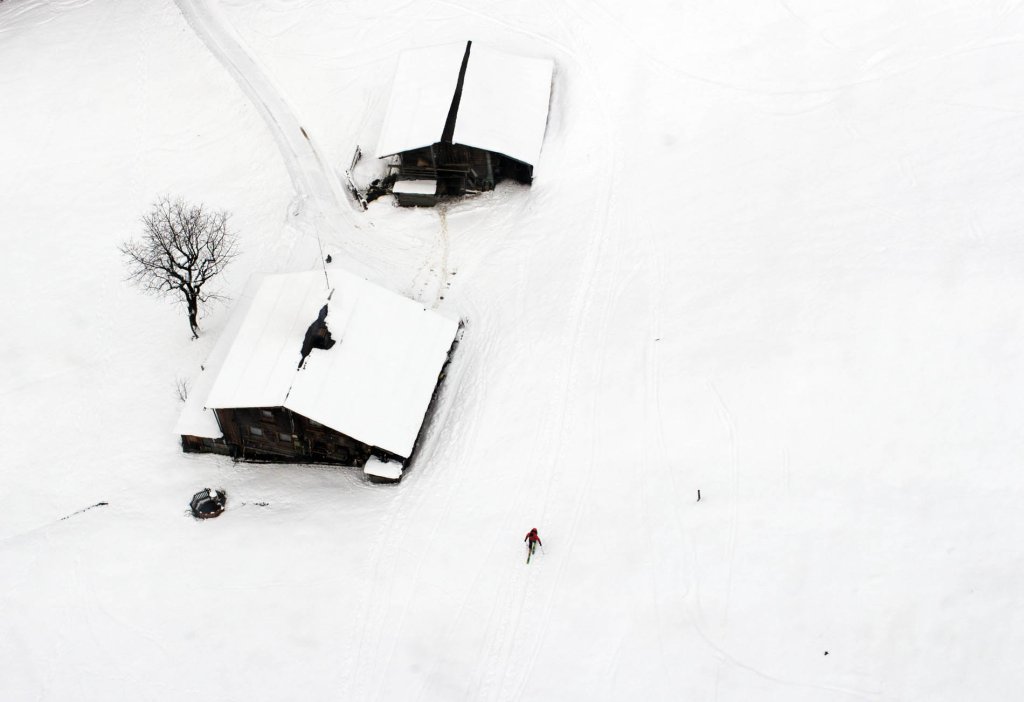Current situation and outlook
The weather rollercoaster is picking up speed. After the New Year's Eve thaw, today's cold front will bring storms and heavy precipitation to the western and northern Alps. The cold front will be promptly followed tomorrow by a warm front, again with storms and precipitation. The snow line is jumping around wildly, at the moment it's raining up to over 2000m in places, hopefully it will get colder again towards the evening. The weather in the south is less dramatic. Details can be found in the current alert. Due to the combination of a lot of precipitation and a high snow line in some areas, the whole thing is quite critical in terms of flood potential (snowmelt + precipitation). The DWD and ZAMG have also issued severe weather warnings for certain regions (southwest Germany, Tyrol, Vorarlberg) due to heavy precipitation and gale-force winds.
On Friday, things will calm down briefly before the flow turns from north to southwest due to a low pressure system drifting into the Mediterranean and the situation is reversed: calmer, warm and foehn-like weather in the north, sometimes a lot of precipitation in the south with a changeable snow line.
As already discussed last week, the strong westerly current is responsible for this, sending one Atlantic low after another towards us, sometimes with a stronger northerly component, sometimes more from the southwest. Depending on the weather, it will be colder or warmer. All in all, the westerly weather is good for snow accumulation at higher altitudes, but alternates between slushy weather and spring fever in the valleys.
While it tends to be fairly mild on the European continent, the eastern half of North America is shivering in Arctic air, with temperatures well below -20°C in many areas, and has been doing so for a while now. As long as the cold air remains there, the low pressure activity in the Atlantic is favored, which results in our changeable westerly weather. Some model runs see a fairly strong Scandinavian high in next week's forecast. This would break up the very zonal pattern somewhat and prevent the westerly drift from rushing in unchecked
